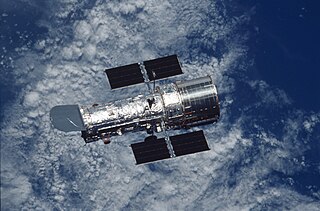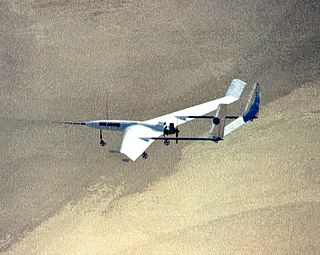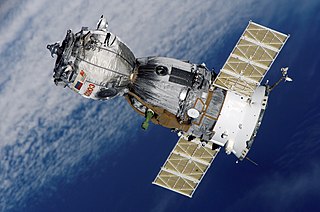 W
WAstronautics is the theory and practice of travel beyond Earth's atmosphere into outer space. Spaceflight is one of its main applications and space science its overarching field.
 W
WThe Deep Space Atomic Clock (DSAC) is a miniaturized, ultra-precise mercury-ion atomic clock for precise radio navigation in deep space. It is orders of magnitude more stable than existing navigation clocks, and has been refined to limit drift of no more than 1 nanosecond in 10 days. It is expected that a DSAC would incur no more than 1 microsecond of error in 10 years of operations. It is expected to improve the precision of deep space navigation, and enable more efficient use of tracking networks. The project is managed by NASA's Jet Propulsion Laboratory and it was deployed as part of the U.S. Air Force's Space Test Program 2 (STP-2) mission aboard a SpaceX Falcon Heavy rocket on 25 June 2019.
 W
WInterplanetary Flight: An Introduction to Astronautics is a short, modestly technical introduction to space exploration written by Arthur C. Clarke, and published in 1950. It includes material accessible to readers with a high-school level of science and technical education, covering the elements of orbital mechanics, rocket design and performance, various applications of Earth satellites, a discussion of the more interesting and accessible destinations in the Solar System, and in a final chapter covering the rationale and value of human expansion off the Earth.
 W
WA Mars aircraft is a vehicle for flying in the atmosphere of Mars. So far, only lander entry, descent, and landing systems have operated in the Martian atmosphere. Aircraft may provide in situ measurements of the atmosphere of Mars, as well as additional observations over extended areas. A long-term goal is to develop piloted Mars aircraft.
 W
WThe Missão Centenário was born of an agreement between the Brazilian Space Agency (AEB) and the Roscosmos on October 18, 2005. The main objective of this treaty would be to send the first Brazilian into space, Lt. Col. Aviator Marcos Pontes.
 W
WSchool of Astronautics, HIT is the Engineering school of Harbin Institute of Technology. The school is the first-ever school to initiate college education in astronautics discipline in China.
 W
WA spacecraft is a vehicle or machine designed to fly in outer space. A type of artificial satellite, spacecraft are used for a variety of purposes, including communications, Earth observation, meteorology, navigation, space colonization, planetary exploration, and transportation of humans and cargo. All spacecraft except single-stage-to-orbit vehicles cannot get into space on their own, and require a launch vehicle.
 W
WSpaceflight is an application of astronautics to fly spacecraft into or through outer space, either with with or without humans on board. Yuri Gagarin of the Soviet Union was the first human to conduct a spaceflight. Examples of human spaceflight include the U.S. Apollo Moon landing and Space Shuttle programs and the Russian Soyuz program, as well as the ongoing International Space Station. Examples of uncrewed spaceflight include space probes that leave Earth orbit, as well as satellites in orbit around Earth, such as communications satellites. These operate either by telerobotic control or are fully autonomous.
 W
WSpaceworthiness, or aerospaceworthiness, is a property, or ability of a spacecraft to perform to its design objectives and navigate successfully through both the space environment and the atmosphere as a part of a journey to or from space.